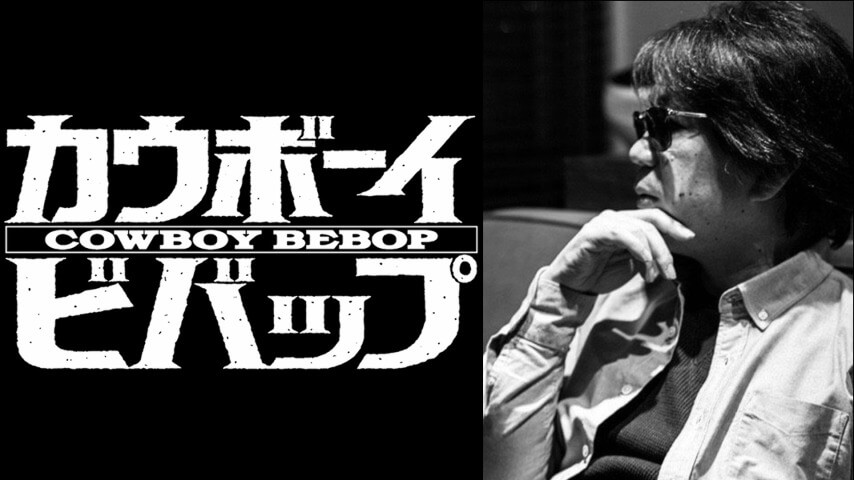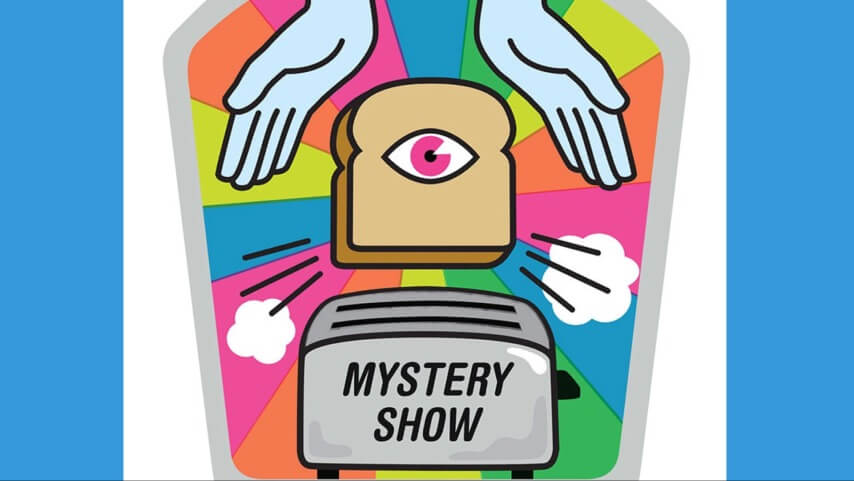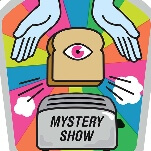It’s a bit of an understatement to say that Shinichirō Watanabe is a big deal in the anime scene. As the director of series like Cowboy Bebop and Samurai Champloo, Watanabe is behind some of the most seminal shows the medium has ever seen. Known for drawing heavily on American culture and music, his work has often been seen as a gateway into the space for many overseas viewers, combining disparate genres and influences into a surprisingly cohesive picture.
However, beyond just offering an introduction to anime, his output is known for delivering a one-two punch of easygoing style juxtaposed against characters who hide their deeper concerns under a veneer of cool. Bebop is the poster child for this contrast; its breezy fight scenes and jazzy interludes initially obfuscate the fact that its characters are weighed down by their pasts.
One thing I should add is that I grew up in a town in the countryside with no culture whatsoever. So, I think that really contributed to it. To explain how rural it was, there wasn’t a single store or a running bus.
SW: I think that the traditional thinking is that a soundtrack shouldn’t stand out too much. It’s there to support the story. But since I’m a big music freak, I always thought that way of using music was not enough.
That’s why, in every project of mine, every time I try to create this relationship between the movie/show and the music, where they are 50/50 partners. I always try to work really hard for that partnership to work. I’ve found that the answer to that quest, even to this day, is trial and error, and I continue to try different approaches.
AVC: More than 27 years later, Cowboy Bebop is still held in extremely high regard. One theme from the show that has stayed pertinent is how many of its characters are grappling with deep feelings of loneliness. Do you think part of Cowboy Bebop’s continuing appeal is how it addressed issues that have remained relevant, like widespread loneliness, alienation under capitalism, environmental concerns, and so on?
SW: I believe your observation is correct, and I think even now, more so, people are feeling alienated and lonely.
AVC: When you create a work, do you seek to focus on those kinds of concepts and themes that will resonate for the foreseeable future?
SW: There’s this quote by Miles Davis that I truly believe in: ‘Only things that are truly cutting edge, at the front of that era, can survive beyond that era.’ I may not be quoting it accurately, but that’s what my interpretation is (The translator clarified he was quoting Watanabe’s version of the quote in Japanese, which won’t be 1:1 with the original saying. The closest line we were able to find attributed to Davis is: “It’s not about standing still and becoming safe. If anybody wants to keep creating, they have to be about change.”—Ed).
AVC: With Lazarus now in the rear-view mirror, I’m curious how you feel about how the show turned out? What are you particularly proud of from the series? And on the other end, is there anything that you’d go back and change if you could?
SW: Fundamentally, I don’t want to change anything that came out because once you allow yourself to do that, it’ll be endless, you’d be saying, ‘I want to fix that. I want to fix this.’ So, I don’t want to think that way.
As a visual medium, out of all the works that I’d done so far, I think that (Lazarus) is of the highest quality.
AVC: What is your favorite scene from the show?
SW: The second half of episode eight (“Unforgettable Fire”) is my favorite in particular. Even compared among all the works that I’ve done so far, I think that part is a particularly emotional piece of work. (For those who have seen the series, this is the episode that focuses on Chris’ backstory.—Ed)
AVC: Looking at some of the interviews from the Lazarus press tour, there were a lot of questions around whether you viewed the series as a follow-up to Cowboy Bebop. As a creator, did you find it a little bit unfortunate or irritating that so many people were making that comparison and focusing so much on Bebop instead of the new work you were creating?
SW: These two works have nothing to do with each other. But Keiko Nobumoto, who also participated in Cowboy Bebop as one of the writers, she was involved in the very beginning of this project, Lazarus. So I think that air of the Cowboy Bebop-ness, I wouldn’t be surprised if it was there. I’d say it’s a natural consequence of Keiko Nobumoto and Shinichirō Watanabe working together rather than us trying to consciously recreate something that we did.
In my personal opinion, rather than comparing the two titles, you know, ‘Is it better or is it worse,’ I’d like people to watch it as an independent thing and enjoy it as an independent thing without comparing. And so I think that way, you can enjoy the work better.
AVC: Something found throughout a lot of your material is a focus on characters from diverse backgrounds, whether it’s LGBTQ+ characters, influences on your work from African American culture, or how you incorporated traditional Ainu and Okinawan music into the soundtrack for Samurai Champloo. Why has focusing on characters from different backgrounds been a priority for you?
SW: I think it comes from this feeling or belief that I have that if I’m setting out to create works that I want people all over the world to watch, then the human beings in my work should include everybody in the world, beyond different races and sexual orientations. So I think that’s where it comes from.
AVC: Are there any genres or subject matter you’d like to cover in a future work that you haven’t gotten a chance to yet?
SW: I’ve never done horror, so for my next work, I’d love to try to tackle that genre. But I can’t reveal too much of my ideas on that, they’re in my head.
AVC: Similarly, are there any creatives you’d like to work with whom you haven’t collaborated with?
SW: There’s one musician that I would love to work with. His name is Haruomi Hosono, and he’s a Japanese musician. He was the leader of this Japanese band called The Yellow Magic Orchestra, which was the most influential to me when I was young. Since he was the most influential to me, I would love to have an opportunity to work with him in my career.
AVC: Related to your career, you’ve focused a great deal on creating original works. Why is making anime originals important to you, and why do you think that they’re so rare these days compared to adaptations?
SW: One factor that I think even viewers have grown a little bit more conservative in their tendencies. Rather than investing their time in original works, where they don’t know whether it’s going to be good, they prefer to watch something based on an IP that they know is going to be entertaining to a certain extent.
But for me, personally, making an original show is more worthwhile, so I want to continue to create original works. Having said that, if someone offers me an adaptation job that is really exciting, then I would probably take it.
AVC: What is the number one work you would want to adapt if you got the chance?
SW: It’s a secret, because there is one, but I can’t share it. That said, there’s one sci-fi author whose work I’d love to adapt, and maybe I can talk about it. I’ve always been a big fan of Philip K. Dick. If I could do an anime adaptation of his work, that would be amazing.
AVC: What’s your favorite aspect of the creative process when it comes to making anime?
SW: Creating visuals is really difficult, but the moment when I get to match music and the visuals is the most exciting.






